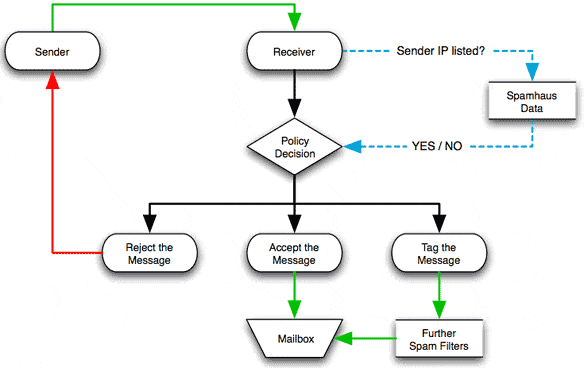Technology, like many other aspects of our lives, has its advantages and disadvantages. One of the issues email users face is spam. In this article, we explore how systems recognize spam messages and what techniques can be used to avoid unwanted emails.
Spam, or unsolicited mass-distributed emails, often aim to steal personal data, spread malicious software, or promote certain products or services. That’s why it’s essential to know how to identify such messages and protect yourself against them.

Source: www.campaignmonitor.com
How Do Systems Detect Spam?
Content Filtering
Most email systems analyze the content of messages, searching for specific phrases that frequently appear in spam. Examples include money offers, words like “winner,” or suspicious links.
Blacklists
Email systems often maintain lists of known spam senders. If a message comes from a sender on this list, it is automatically classified as spam.
Behavioral Analysis
Systems can analyze how users react to different messages. If many users mark an email as spam, email systems are more likely to classify similar messages as spam in the future.
Advanced Algorithms
Modern anti-spam systems use complex algorithms and machine learning to analyze messages and determine whether they qualify as spam.
How to Avoid Spam?
Don’t Publicly Share Your Private Email Address
The fewer people who know your email address, the lower the risk of receiving spam. Of course, this does not apply to business email addresses.
Use Spam Filters
Most email services offer built-in spam filters. Ensure they are enabled and regularly updated.
Never Click on Links in Suspicious Emails
If you receive an email that seems suspicious, avoid clicking on links or downloading attachments.
Conclusion
Spam is an annoying issue for many email users. Fortunately, thanks to advanced technologies and good practices, we can effectively protect ourselves from unwanted messages. The key is understanding how spam detection systems work and actively using available tools to block it.